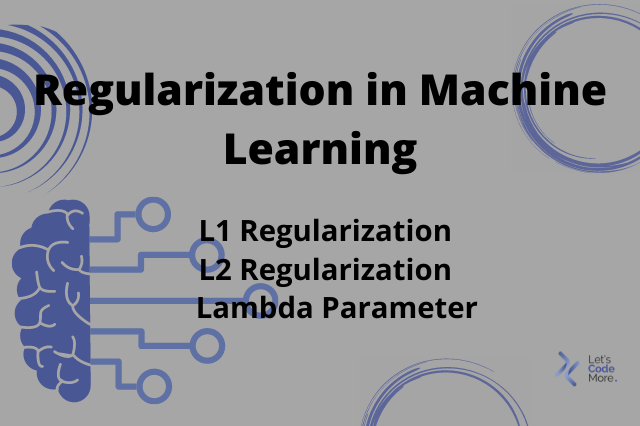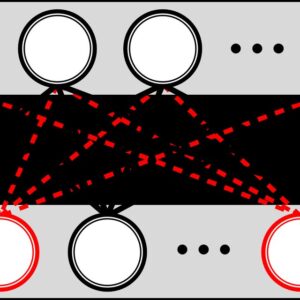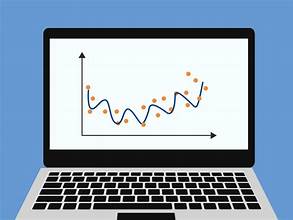From Basics to Brilliance: Using Regularizer Machines to Enhance Deep Learning Models 2024

When we talk about improving Enhance Deep Learning Models, you might wonder, “What’s a Using Regularizer Machines, and why should I care? You’re not alone if you’ve ever thought that your machine learning models are a little too adept at remembering your data but not so good at extrapolating to new data. That’s where regularize machines come into play, helping to make your models, not just smart, but brilliant. In this guide, we’ll walk through the basics of regularize machines and how they can boost your Using Regularizer Machines to Enhance Deep Learning Models from good to great.
What is Deep Learning?
Deep learning is a subset of machine learning that uses neural networks with many layers—hence the “deep” in deep learning. Think of it as trying to teach a computer to Using Regularize patterns and make decisions by learning from lots of data. For instance, Using Regularizer Machines to Enhance Deep Learning Models helps in tasks like recognizing faces in photos or predicting the next word in a sentence.
Introduction to Regularizer Machines
Now, let’s dive into regularizer machines. Imagine your deep learning model as a sponge. If you soak it with too much water (data), it might start to overflow and become too rigid, losing its ability to adapt to new data. Regularizers act like a filter that helps the sponge retain just the right amount of water, so it remains flexible and efficient.
Why Regularizers Matter

Regularizers are crucial because they prevent a model from becoming too complex or “overfitting” to the training data. Overfitting is like memorizing a book word-for-word but failing to understand the overall story. A model that overfits might perform exceptionally well on the training data but poorly on new, unseen data. Regularizers help ensure your model generalizes better to new situations. Using Regularizer Machines to Enhance Deep Learning Models.
Types of Regularizers
Using Regularizer Machines to Enhance Deep Learning Models come in various forms. Here are a few common ones:
L1 Regularization: This technique adds a penalty equal to the absolute value of the coefficients. It’s like adding a weight to the importance of each feature, encouraging the model to select only the most important ones.
L2 Regularization: Often referred to as Ridge Regularization, this involves adding a penalty equal to the coefficients’ square. It helps in reducing the impact of less important features, making the model more robust.
Dropout: This method randomly drops units from the neural network during training. It’s like temporarily removing certain pieces of the model to prevent it from becoming too dependent on specific neurons.
How Regularizers Prevent Overfitting

Regularizers act as a form of constraint on the model, preventing it from learning the noise in the training data. By adding a penalty to the loss function, regularizers help in maintaining a balance between fitting the data well and keeping the model simple. This balance is crucial for creating a model that performs well on new data.
Regularizers vs. Hyperparameters
Using Regularizer Machines to Enhance Deep Learning Models are often confused with hyperparameters, but they serve different purposes. Hyperparameters are settings you choose before training your model, like the learning rate or the number of layers. Regularizers, on the other hand, are techniques applied during training to improve the model’s ability to generalize.
Popular Regularizer Techniques
Some popular techniques include:
L1 and L2 Regularization: These are standard methods used to add penalties to the model’s loss function.
Dropout: Commonly used in neural networks to prevent over-reliance on specific nodes.
Early Stopping: This technique involves stopping the training process once the model’s performance stops improving on a validation set.
Implementing Regularizers in Models
Incorporating regularizers into your model involves adding them to the loss function used during training. Most deep learning frameworks, like TensorFlow or PyTorch, have built-in support for various regularizers. For example, in TensorFlow, you can easily add L1 or L2 regularization to your layers using simple parameters.
Practical Examples
Imagine you’re building a model to predict house prices. Without regularizers, your model might overfit to peculiarities in the training data, like a rare feature that only appears in a few houses. By applying regularizers, you ensure that the model focuses on more general features, like the number of bedrooms or location, which are more likely to be relevant for predicting prices in new data.
Benefits of Using Regularizers

Using regularizers enhances your model’s ability to generalize, leading to better performance on unseen data. They also help in creating simpler, more interpretable models and can lead to faster training times since simpler models often require fewer computations.
Challenges and Considerations
While regularizers are powerful, they aren’t a cure-all. Too much regularization can lead to underfitting, where the model becomes too simple and fails to capture important patterns in the data. It’s important to find the right balance and experiment with different types of regularizers to see what works best for your specific problem.Using Regularizer Machines to Enhance Deep Learning Models
Future of Regularizer Machines
As deep learning continues to evolve, so do regularizer techniques. Future advancements may include more sophisticated methods for regularization that adapt dynamically during training or that integrate with other techniques like transfer learning. Staying updated with the latest research can help you leverage these new methods for even better model performance.Using Regularizer Machines to Enhance Deep Learning Models.
Summary and Best Practices
In summary, regularizer machines are essential tools for enhancing deep learning models. They help prevent overfitting, improve model generalization, and ensure that your models remain robust and adaptable. Best practices include experimenting with different regularizers, monitoring model performance on validation data, and adjusting regularization strength as needed.
Conclusion
Regularizers are like a secret ingredient in the recipe for building effective deep learning models. By preventing overfitting and ensuring that your model generalizes well to new data, they can take your machine learning projects from good to brilliant. Whether you’re just starting out or looking to refine your existing models, understanding and applying regularizers is key to achieving better results.
FAQs
1. What is a regularizer machine?
A regularizer machine is a tool or technique used to add constraints during the training of deep learning models to prevent overfitting and improve generalization.
2. How do regularizers improve deep learning models?
Regularizers improve deep learning models by adding penalties to the loss function, which helps prevent the model from memorizing the training data and ensures better performance on new data.
3. What are some common types of regularizers
Common types of regularizers include L1 regularization, L2 regularization, and dropout. Each type works differently to reduce overfitting and improve model performance.
4. Can too much regularization be harmful?
Yes, excessive regularization can lead to underfitting, where the model becomes too simplistic and fails to capture important patterns in the data. It’s critical to strike the correct balance.
5. How can I choose the best regularizer for my model?
Choosing the best regularizer depends on your specific problem and model. It often involves experimenting with different techniques and evaluating their impact on model performance through validation tests.






One Comment